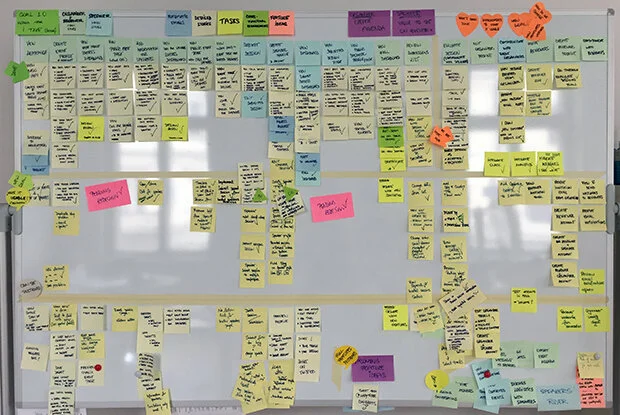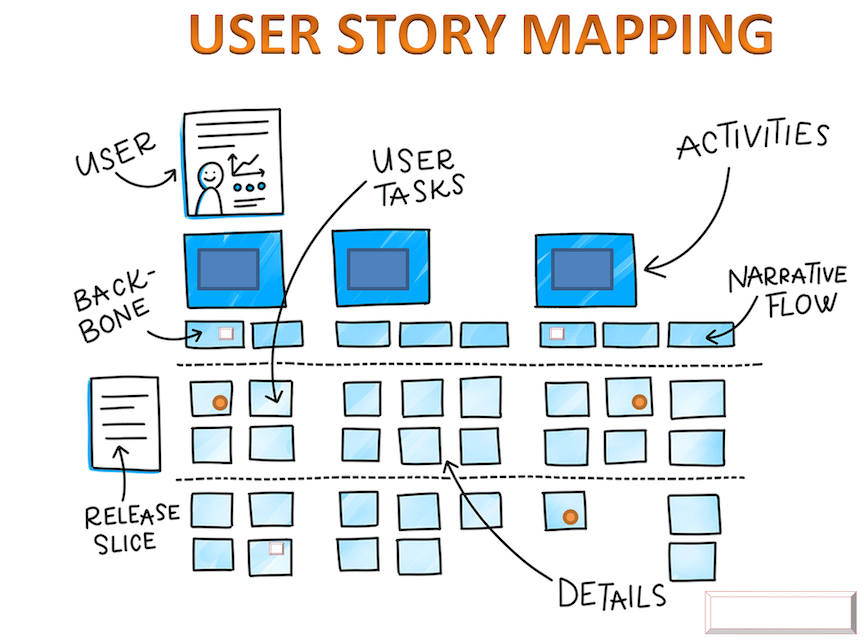A Quest for Shared Understanding
Accurate estimation and effective prioritization lie at the center of every product manager’s career; however, these are two of the hardest principles to master.
Consulting Worst-Practices
Earlier in my career, I was a management and technology consultant. It was my job to come in, analyze a set of business processes and technical implementations, create an assessment, produce a report with recommendations on how to operationalize improvements, and then stick around for an extended engagement to help implement the improvements. This last part was more of a nice to have.
It had always bothered me why so many companies either failed or had such a hard time in implementing these improvements especially after the company had made an investment to identify problems to solve in the first place. I recently finished reading User Story Mapping by Jeff Paton and the answer has come into focus:
“Handing off all the details about the story for someone else to build doesn’t work. Don’t do that.” - Jeff Patton
It’s no wonder so many consulting reports gather dust and then end up in the recycling bin.
Documenting to Help Remember
I’ve come to have a love/hate relationship with documentation. I realize its potential value but also am wary of creating large and unused documents.
What’s the right level of documentation? Enough to help the team remember what they are working on and how to accomplish it. In this way, documentation acts like snapshots the team uses to quickly load context and have effective conversations revolving around shared understanding. They are like vacation photos: they mean everything to you and your team (family) but little to others who don’t share the same contest queues.
A family vacation photo; doesn’t mean much to you but it speaks volumes to me and my wife. #shared-understanding
User Story Mapping is Documentation
User story mapping is a fundamental resource for any team that is struggling with shared understanding. There are symptoms to look out for: continuing to find unknown requirements and widely inaccurate estimates. Some great quotes from Jeff Patton:
“Scope doesn’t creep; understanding grows.”
“The best estimates come from developers who really understand what they’re estimating.”
User story mapping can help solve these problems by ensuring shared understanding by offering a mental framework for valuable conversations that can reference or create other more detailed documents or designs as needed to ensure that everyone on the team is on the same page.
https://mozaicworks.com/blog/3-uses-story-maps-build-better-product/
Opportunity Backlogs
Before digging into a mapping activity, it’s important to start with the Why. I like to have a list of prioritized opportunities ready for story mapping if it’s something we decide as a team to take on. As we start to have conversations, we continue to re-evaluate priority using the RICE Framework.
https://habr.com/en/company/hygger/blog/457502/
Slicing releases
User Story Mapping and Release Slicing along with an Opportunity Backlog focusing on outcomes is a powerful combination for rallying a team and delivering real customer value. The ultimate goal I have when working with a team is to leverage shared understanding around the desired outcome and getting supper focused on the minimally viable solution to achieving that outcome. Some more great quotes from Jeff Patton:
“There’s always more to build than we have time or resources to build—always.”
“Focus on outcomes —what users need to do and see when the system comes out—and slice out releases that will get you to those outcomes.”
https://medium.com/@priyank.it/user-story-mapping-product-backlog-creation-7ea9a54f7f0e
Conversations and Continual Learning
It’s important to never forget that you can’t operationalize and optimize away tough conversations to solve problems as a team. It’s the act of telling stories and building shared understanding through continued learning that’s the key to success: outcomes over outputs, accurate estimates centered around targeted slices of delivery.
So get with your team, map out your shared understanding, and find gaps as you break down your rocks. This quote from The Wheel of Time summarizes this all well, “It isn’t the stone you see that trips you on your nose.”






